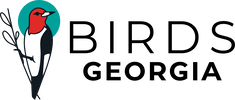|
December 27, 2022
Superintendent Gary Ingram Cumberland Island National Seashore 101 Wheeler Street St. Marys, Georgia 31558 Submitted via online portal Re: Cumberland Island National Seashore Proposed Visitor Use Management Plan & Environmental Assessment (2022) Dear Superintendent Ingram and the Planning Team: Thank you for the opportunity to comment on the Visitor Use Management Plan for Cumberland Island National Seashore and Wilderness. We are writing to you to share our concerns about the proposed Visitor Use Management Plan (VUMP) for Cumberland Island and its potentially devastating impacts for birds. Georgia Audubon’s mission is to build places where birds and people thrive. We fulfill our mission through education, conservation, and community engagement. With over 2,400 chapter members and more than 5,000 National Audubon Society members across the state, Georgia Audubon represents a broad constituency united by a desire to protect birds and other wildlife. Our constituents include coastal residents, frequent visitors, and concerned citizens who understand the significance of the natural beaches, salt marshes, and maritime forest to the more than 250 species of birds that winter, breed, migrate through, or live year-round on Cumberland Island and surrounding areas. Georgia Audubon is submitting the following comments on behalf of members from across Georgia. Cumberland Island is home to pristine maritime forests, undeveloped beaches, and extensive salt marshes, and supports a rich biodiversity of wildlife and plants. These habitats are crucial to birds because of their natural and pristine state. Cumberland is a hotspot for migratory birds; being Georgia’s southernmost barrier island, it is tremendously important stopover for thousands of birds, like the Blackpoll Warbler, Red Knot, and Peregrine Falcon, where they first make landfall after endless hours of flight or fuel up before their long open water journey back to South America. Cumberland Island is also an important breeding ground in the spring and summer for many species of birds, including the threatened Least Tern and Wilson’s Plover. During the winter, Cumberland provides exceptional wintering grounds for thousands of shorebirds, sparrows, and Bald Eagles. Georgia Audubon is asking the National Park Service to conduct a comprehensive Environmental Impact Statement to gain a full understanding of how both state- and federally-listed species will be impacted by the proposed increased use of Cumberland Island. The assessment in the current plan is incomplete and fails to capture the harms and potential adverse effects to state- and federally-listed bird species. Our specific concerns with the FAA Environmental Impact Statement (EIS) as they relate to avian life are as follows:
Thank you for your consideration, and please do not hesitate to reach out to me by email at Jared.Teutch@georgiaaudubon.org or by phone at 678-973-2437 with any questions or comments. Sincerely, Jared Teutsch Executive Director
0 Comments
Your comment will be posted after it is approved.
Leave a Reply. |
AuthorBirds Georgia is building places where birds and people thrive. Archives
April 2024
Categories |

 RSS Feed
RSS Feed

